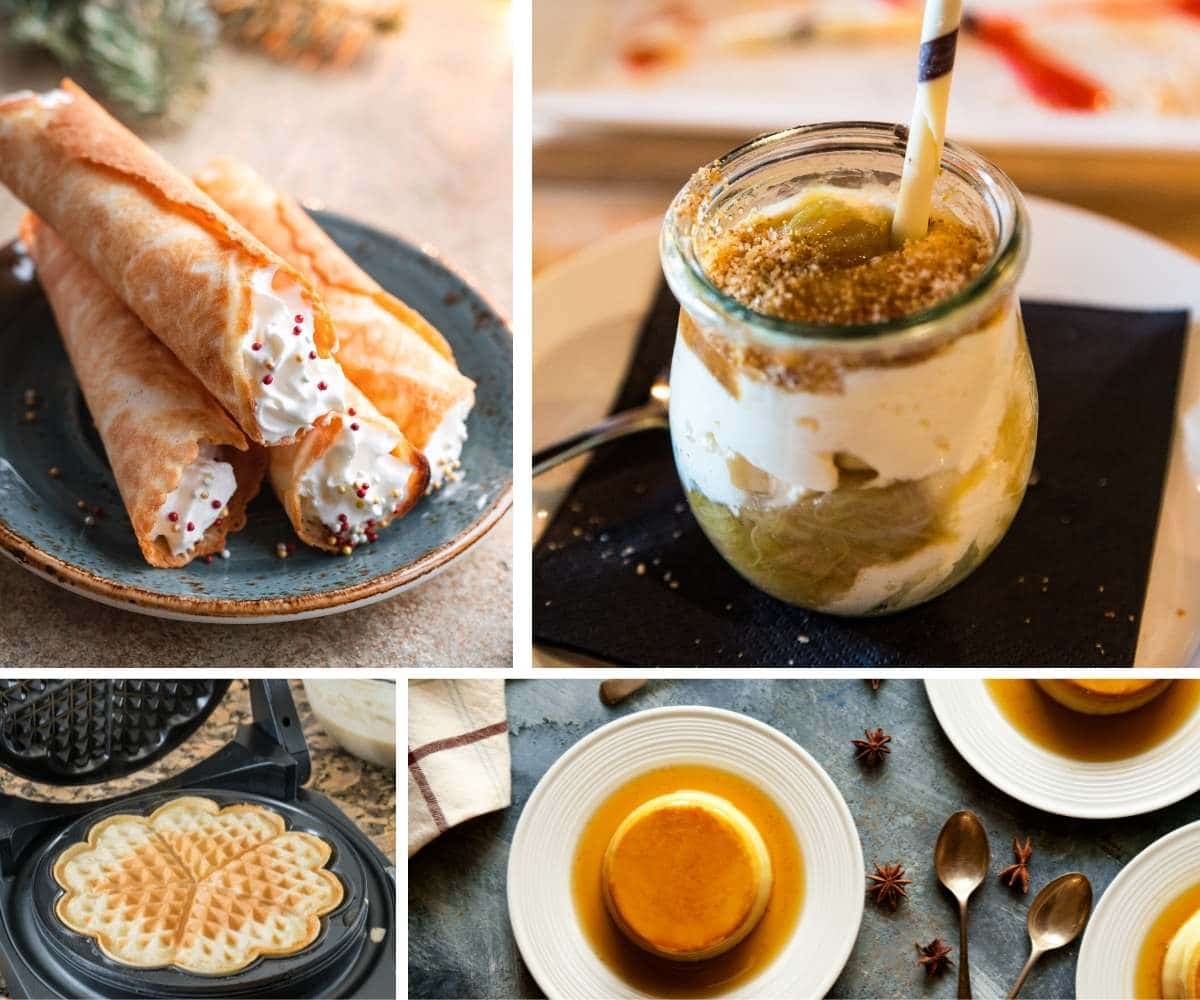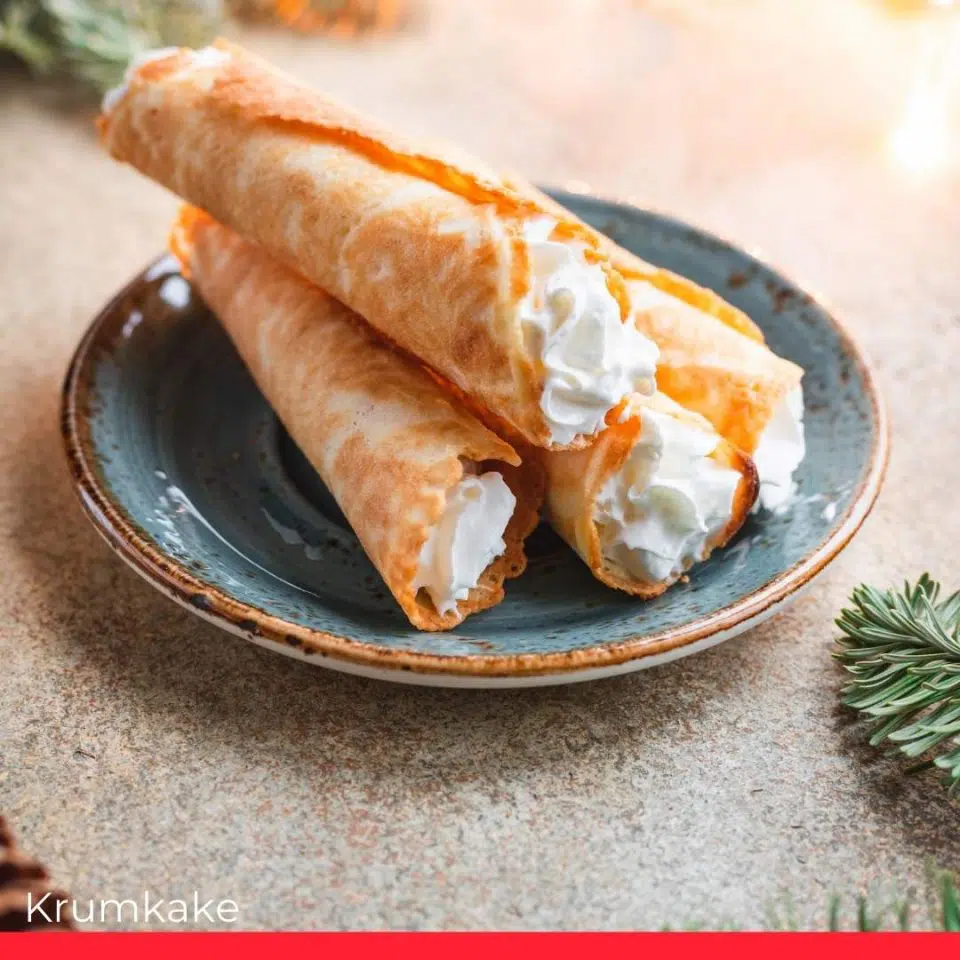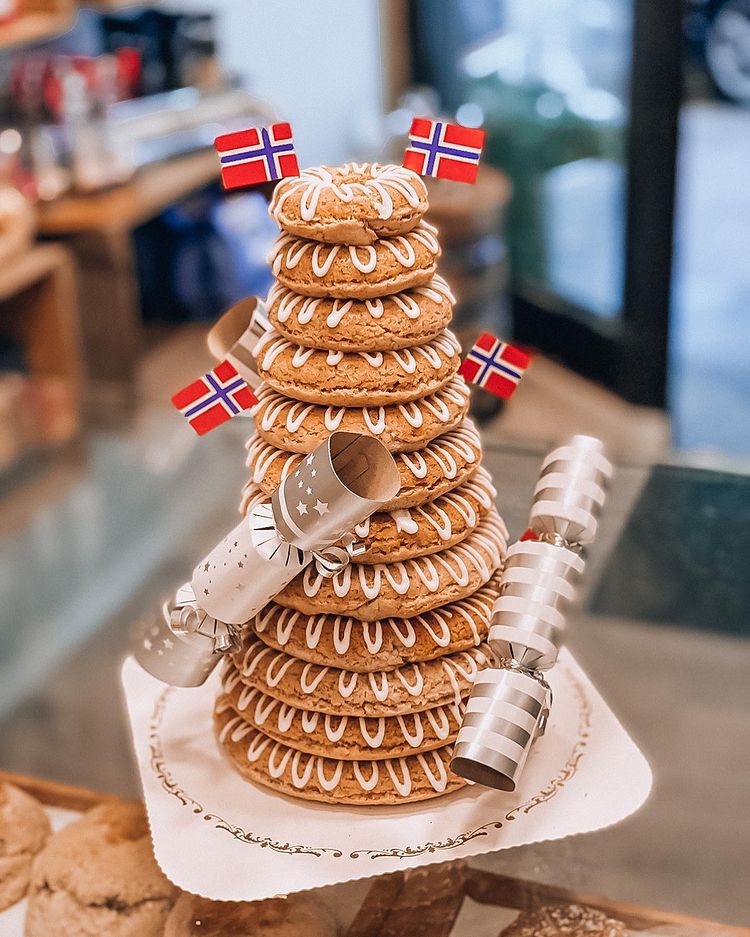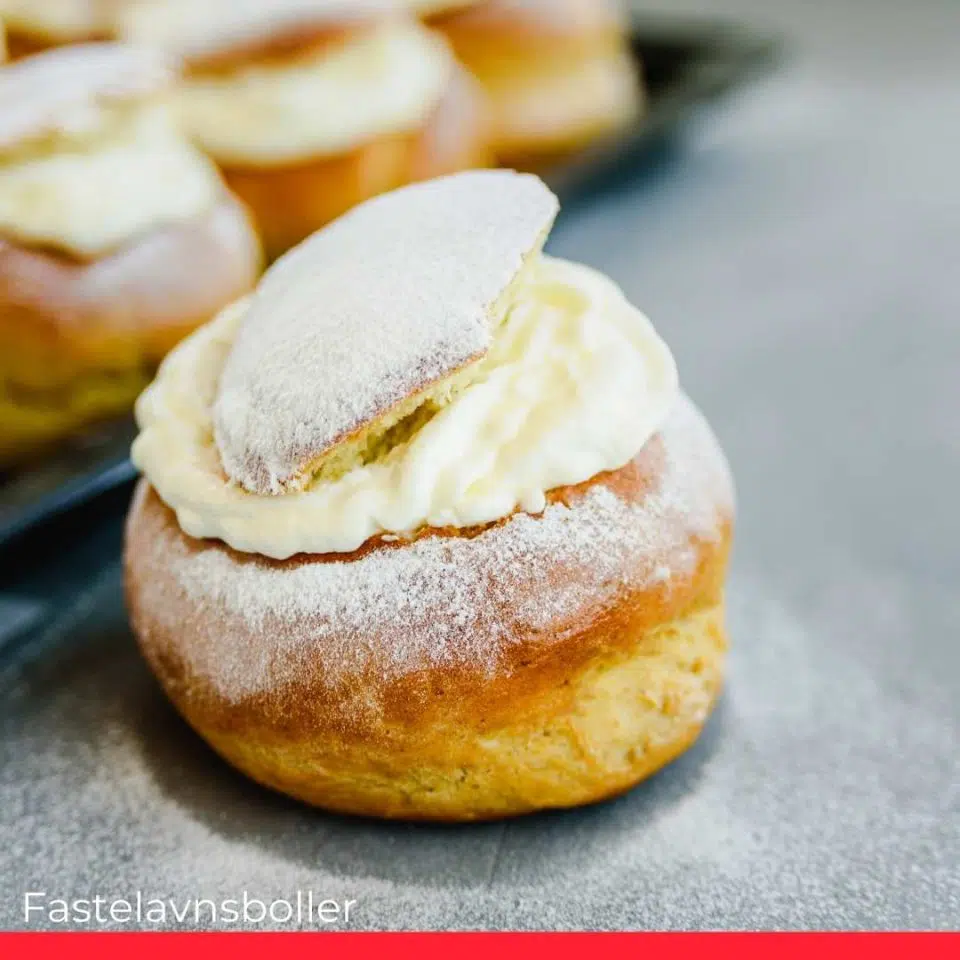Top 15 Tasty Norwegian Dessert Recipes

Norwegian food is largely based on the raw materials readily available in the country’s wilderness, and this is also the case for many Norwegian desserts. For example, two of the most well-known traditional desserts from Norway are based on cloudberries and lingonberries.
Also, in case you haven’t heard, Norwegians love milk and anything milk based. You will therefore soon discover that quite a few of Norway’s most popular desserts are based on milk or heavy cream.
It is also worth mentioning that Norway has the second-highest per capita coffee consumption in the world. So, you shouldn’t be surprised to find that Norwegians drink coffee with each and every one of these desserts.
Let’s have a look at some of the most popular Norwegian desserts, some of which have truly fascinating origins. One of them was invented in honor of Norway’s very first queen, and another is said to be named by Ivar Aasen, who shaped the written language, Nynorsk.
1. Multekrem

Multekrem, or cloudberry cream, is a traditional Norwegian dessert most often served during fall or late summer. The main ingredient is of course cloudberries, which can be found in forests throughout the country from July until September.
The dessert is super easy to make and contains only three ingredients: whipped cream, cloudberries, and sugar. It can be served alone but is often accompanied by a thin wafer called krumkake. Multekrem is often served during Christmas, made with frozen cloudberries stored from summer.
2. Trollkrem

Trollkrem, or troll cream in English, is a lingonberry mousse. Trolls have a major part in Norwegian folklore, and even though the origin of the name is unknown, the dessert both looks and tastes like straight out of a fairy tale.
The cream is most often served during fall, when fresh lingonberries are available in Norwegian forests. Even though the dessert contains quite a lot of sugar, it’s somewhat tart and bitter due to the lingonberries. Hence, it’s a dessert which might be more suitable for adults.
Trollkrem is made by beating egg whites until stiff, then adding sugar and lingonberries, which gives a lovely and fun pink color. Trollkrem is often served alone or with krumkake.
3. Krumkake

Krumkake is a traditional wafer cookie often prepared for Christmas. In fact, it’s generally considered one of the 7 slag (literally, 7 kinds), a Norwegian tradition of baking seven different kinds of Christmas cookies.
The name krumkake literally means curved cake. They are baked on a hot iron and shaped into a cone using a conical rolling pin while still hot. These crispy wafers can be served alone but are often filled with whipped cream. They are also often served with multekrem or trollkrem.
4. Smultring

Smultring is a type of donut, although they are smaller and crispier than the American version. They also normally don’t have any glazing or filling, as opposed to American donuts. The rings are cut using a special cookie cutter and fried in smult, or lard.
Smultringer are eaten all year, and you can often buy them from trucks and stalls outside malls. They are particularly popular during the festive season and are considered one of the 7 slag made for Christmas.
5. Kransekake

Kransekake, literally, wreath cake, is a traditional dessert eaten on special occasions. It consists of numerous concentric cake rings shaped into a tower, thus, it is also referred to as a tårnkake, or tower cake. It often has 18 or more layers and the world’s tallest kransekake was baked in Oslo in 2006, standing over 13 meters tall.
The cake rings are crispy on the outside, yet chewy and soft on the inside. They are made with ground almonds, egg whites, and sugar. The cake is generally associated with festive occasions, such as christenings or weddings. It is often decorated with Norwegian flags and colorful party crackers.
6. Tilslørte Bondepiker

This is a traditional layered trifle dessert which is quite common in Norway, particularly during late summer or fall when apples are readily available.
Legend has it that it was named by Ivar Aasen, the founder of one of the two written languages in Norway. He was in love with a peasant girl who one day offered him a taste of her sweets. She was referring to the dessert she was making, which is not what Aasen had in mind. He supposedly called the dessert veiled peasant girls.
Tilslørte bondepiker is usually served in a glass and is based on three different layers: apple jam, sweetened whipped cream, and breadcrumbs.
7. Riskrem

This is a very popular Norwegian dessert, often served at Christmas. It is made from leftover rice porridge, sugar, and whipped cream. It is also quite common to add chopped almonds on top, or even almond liqueur. The dessert is served with a cold red berry sauce, often made with raspberries.
During Christmas it is tradition to hide an almond in the dessert. Whoever finds it wins a gift, usually in the form of a marzipan treat formed as a pig. Riskrem can also be bought as a ready-to-eat product in supermarkets.
8. Vafler

Vafler literally translates as waffles, but the Norwegian version is generally much sweeter and softer than the American one.
In Norway, waffles are not eaten for breakfast, but for dessert or as a treat. They are made in a waffle iron which normally has five heart-shaped sections.
Vafler are traditionally served with jam and sour cream, brown cheese or, in some parts of Norway, sweet porridge. They are eaten all year and you’d be hard pressed to find a cafeteria or café which doesn’t sell them.
In 2011, a 23-year-old Norwegian set a new Guinness world record with a waffle measuring 98 centimetres. It fed 300 people!
9. Karamellpudding

Karamellpudding, or caramel custard, is one of the most popular desserts in Norway. It is made all year round, but it’s particularly common during Christmas. It has to be made in advance, as it needs to cool for several hours in order to set.
The traditional Norwegian caramel custard is made with whole milk, cream, eggs, vanilla, and sugar and has a lovely velvety texture. It is often served with caramel sauce and whipped cream.
10. Kvæfjordkake

Kvæfjordkake is a layered cake also called verdens beste, or world’s best, and was voted the national cake of Norway in 2002. The home of Kvæfjordkake is the lovely village Kvæfjord in the northern part of Norway.
The cake is often served at weddings and christenings and consists of a fluffy sponge, crusty meringue, and a mixture of whipped cream and custard, topped with sliced almonds. In contrast with most other cakes presented on the table, it has a rectangular shape.
11. Solboller

Solboller literally translates as sun buns, and these are buns with vanilla custard and royal icing. In the northern parts of Norway, where the sun never rises for a month or two in winter, they celebrate the reappearance of the sun with a festival called Soldagen while eating as many sun buns as they can manage.
12. Rabarbragrøt

Rabarbragrøt, or rhubarb compote, is a fruit dessert often served chilled. It is most often made in early summer when rubharb is in season. It is traditionally served with cold heavy cream (not whipped) or milk.
The compote is made by boiling water and sugar, then adding rhubarb and letting it simmer until it’s tender. Then potato or corn starch is added for thickening.
13. Dronning Maud-pudding

This is a fluffy and rich dessert originally made for Queen Maud of Norway. It is made by whisking egg yolks and sugar until stiff, then carefully folding in whipped cream. The egg mixture is placed in layers with sprinkles of grated chocolate in between.
It is traditionally served in a stemmed glass and often contains port. The dessert is particularly popular in the western parts of Norway, and is often served on the 17th of May, Norway’s national day.
14. Fastelavnsboller

Fastelavnsbolle is a traditional sweet roll associated with fastelavn, or Shrovetide, the three-day period before Lent.
Shrovetide Sunday marks the beginning of the 40 days of fast before Easter, a time for spiritual and physical purification. Traditionally one was supposed to abstain from eating meat and dairy products, and even though fasting during Lent is no longer customary, it’s still tradition to eat these rich buns at Shrovetide.
A fastelavenbolle is a sweet and fluffy bun, cut in half, filled with whipped cream and perhaps some jam, before everything is sprinkled with icing sugar. Is it impossible to eat without making a huge mess? Yep, but it’s soo worth it.
Editor’s Note: Fastelavnsbolle is a popular dessert throughout the Nordic Region from Sweden to Estonia.
15. Sveler

These are a type of Norwegian pancake, normally eaten cold. They resemble American pancakes and are traditionally cooked on a griddle. They are served with a variety of toppings, often brown cheese or a buttercream with sugar and cinnamon.
Sveler are usually eaten as a sweet treat with coffee, and they are famously served on ferries along Norway’s west coast. In fact, the cafeterias aboard Norwegian ferries sell over 1 million sveler a year! That’s quite a lot considering there are only about five million Norwegians.
Related: Most Popular Norwegian Foods
Related: Traditional Finnish Christmas Foods
Related: Traditional Swedish Christmas Foods


